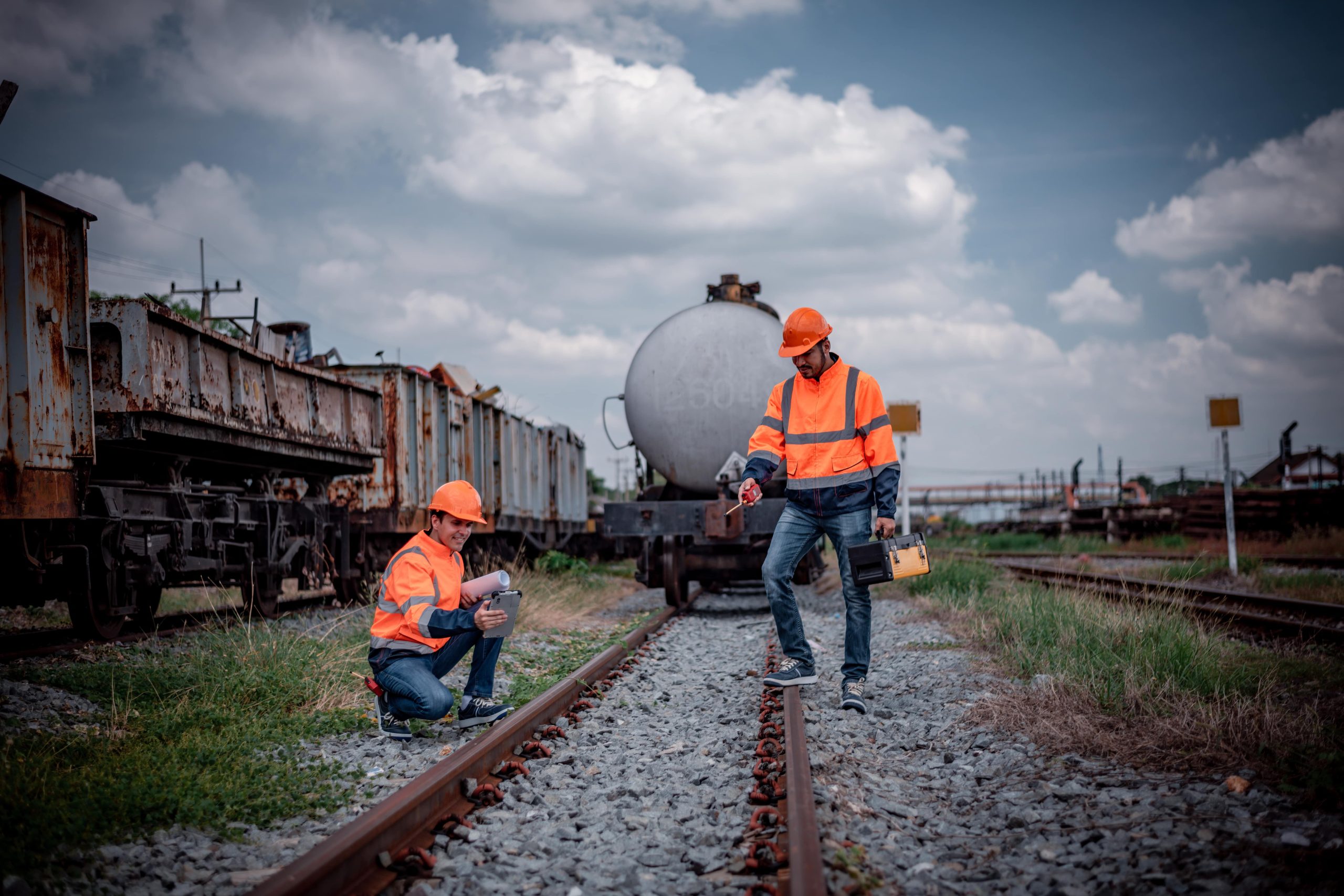How To Save Money On Railroad Workers Cancer Lawsuit
Railroad Workers Cancer Lawsuit: Understanding the Context and Implications
Railroad workers are a necessary part of the nation's transportation system, accountable for moving goods and people across large ranges. However, the nature of their work frequently exposes them to hazardous compounds that may increase their threat of establishing health conditions, particularly certain types of cancer. Just recently, the railroad workers' cancer lawsuit has become a significant problem that requires comprehensive evaluation. This article aims to unload the context, the procedure, and the ramifications surrounding these lawsuits.
The Nature of the Issue
Railroad workers are regularly exposed to harmful chemicals and compounds, consisting of but not restricted to diesel exhaust, asbestos, and different solvents. Exposure to these harmful materials has been linked to a number of kinds of cancers, especially lung cancer, bladder cancer, and non-Hodgkin lymphoma.
The legal backdrop for these claims mainly falls under the Federal Employers Liability Act (FELA), which enables railroad workers to sue their companies for carelessness that leads to injury or death. Because of significant exposure to carcinogens without sufficient defenses, many workers and their households are now seeking justice through the courts.
Table 1: Common Carcinogens Associated with Railroad Work
Carcinogen
Typical Source
Associated Cancer Types
Diesel Exhaust
Engine emissions
Lung cancer, bladder cancer
Asbestos
Insulation materials
Mesothelioma cancer, lung cancer
Benzene
Solvent usage
Leukemia, non-Hodgkin lymphoma
Formaldehyde
Wood treatment
Nasopharyngeal cancer, leukemia
Polycyclic Aromatic Hydrocarbons (PAHs)
Coal tar, soot
Lung cancer, skin cancer
Historical Context and Legal Precedents
Historically, the railroad industry has actually had a troubled history with workplace safety regulations. For years, workers underwent environments swarming with hazardous products, often without sufficient cautions or health precautions.
The turning point came when workers began to come forward with their health concerns, asserting that their cancers were a direct result of their work environments. In a lot of cases, lawsuits have actually mentioned insufficient precaution and a lack of training in handling dangerous products.
Examples of Notable Lawsuits
The Burlington Northern Santa Fe Railway (BNSF) Case – Multiple previous workers developed lung cancer due to prolonged direct exposure to diesel exhaust and submitted a lawsuit claiming neglect versus the business for stopping working to supply correct ventilation and defense.
The Union Pacific Railroad Case – A group of workers identified with bladder cancer settled with Union Pacific, after presenting proof that prolonged exposure to carcinogenic chemicals from spills contributed to their cancers.
The Norfolk Southern Case – Claims emerged linking non-Hodgkin lymphoma diagnoses to exposure to poisonous herbicides utilized along rail tracks. This case triggered more examinations into the safety practices of the railroad.
Comprehending the Lawsuit Process
Filing a lawsuit under FELA requires clear evidence connecting a worker's cancer diagnosis to their employment conditions. Here's a quick overview of the procedure:
Medical Documentation: Victims require to build up medical records that record their cancer diagnosis and treatment history.
Direct exposure Evidence: Compile proof showing exposure to poisonous compounds throughout employment. This may include work records, safety guidelines from the company, and statements from coworkers.
Legal Representation: Engage with lawyers who specialize in FELA cases to browse the intricate legal landscape and craft a strong case.
Filing the Complaint: Once prepared, a protest is submitted in the appropriate jurisdiction.
Settlement or Trial: Many cases might be settled out of court, however if no contract can be reached, the case will continue to trial.
Table 2: Steps in Filing a Railroad Workers Cancer Lawsuit
Action
Action Item
1. Medical Documentation
Gather medical records and cancer diagnosis
2. Exposure Evidence
Put together reports, witnesses, and records
3. Legal Representation
Employ a specialized attorney
4. Submitting the Complaint
Send the problem to the appropriate court
5. Settlement or Trial
Take part in settlements or prepare for trial
Ramifications for Railroad Workers
The ramifications of these lawsuits extend beyond individual cases and issue a more comprehensive neighborhood of railroad workers.
List: Potential Benefits of Successful Lawsuits
Financial Compensation: Victims may get compensation for medical expenses, lost salaries, and pain and suffering.
Increased Awareness: Legal proceedings can raise awareness about safety guidelines and encourage business to carry out much better practices.
Policy Changes: Successful suits may result in legislative changes targeted at enhancing work environment security standards throughout the industry.
Support for Research: Increased exposure on the concern may assist in financing for research into much better protective measures and treatment for afflicted workers.
FAQs Surrounding Railroad Workers Cancer Lawsuits
1. Who can submit a lawsuit?Any railroad
worker identified with cancer due to hazardous direct exposure while on the task may be eligible to declare damages under FELA.
2. What types of compensation can be claimed?Workers might declare
settlement for medical expenditures, lost incomes, pain and suffering, and, in terrible cases, wrongful death claims for member of the family.
3. Railroad Cancer Settlement Amounts of time do I need to submit a lawsuit?Typically, under FELA, the statute of restrictions is three years from the date of injury or diagnosis. However, it's advisable to consult with an attorney as timelines might vary based upon individual circumstances. 4. What proof do I require to present?You will need medical records validating your medical diagnosis, evidence of office exposure
to carcinogens, and evidence of negligence on the part of your company. The railroad workers 'cancer lawsuit motion is essential for dealing with a long-overlooked concern
in employee security and health. With increased awareness, assistance from legal entities, and various successful court results, the plight of these workers continues to acquire the attention it deserves. It is a call to not just seek justice for those impacted but likewise to instigate systemic modifications within the railroad market that focus on worker security and health. As claims progress and more stories emerge, it is vital for all stakeholders to engage in dialogues around enhancing working conditions for those who keep the nation's trains functional. 